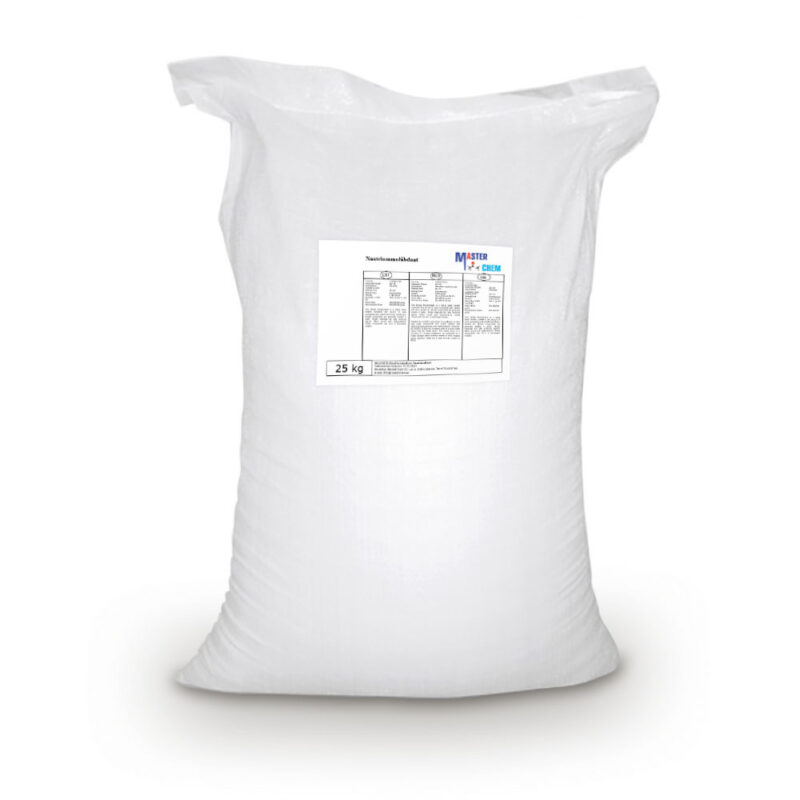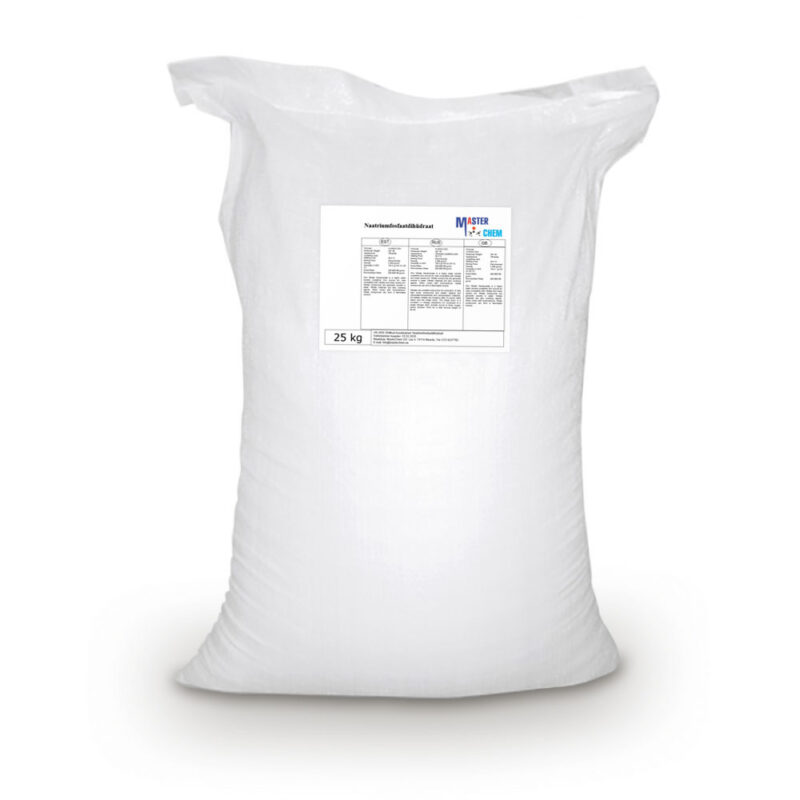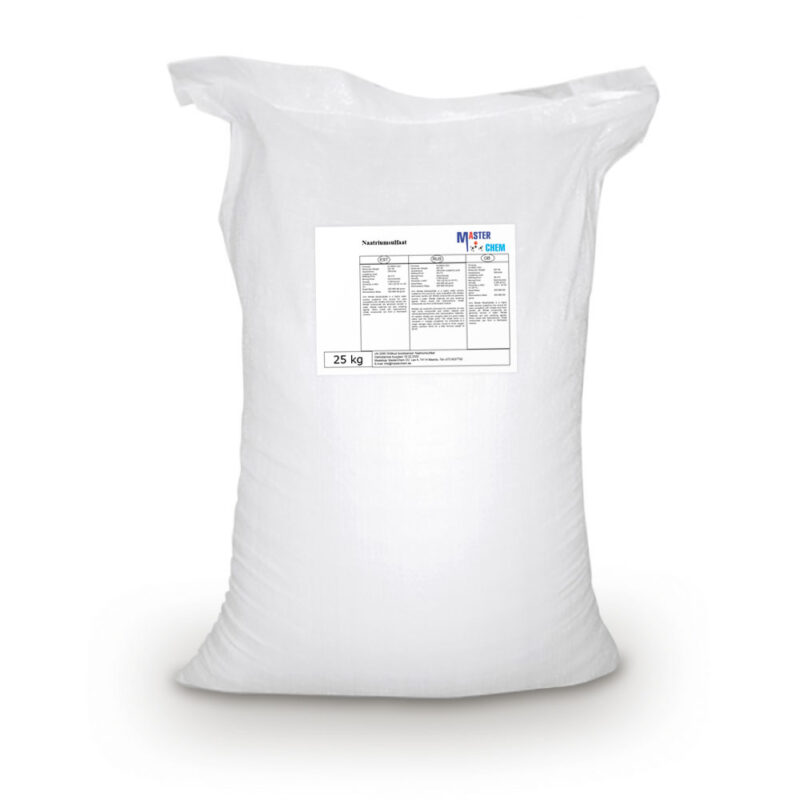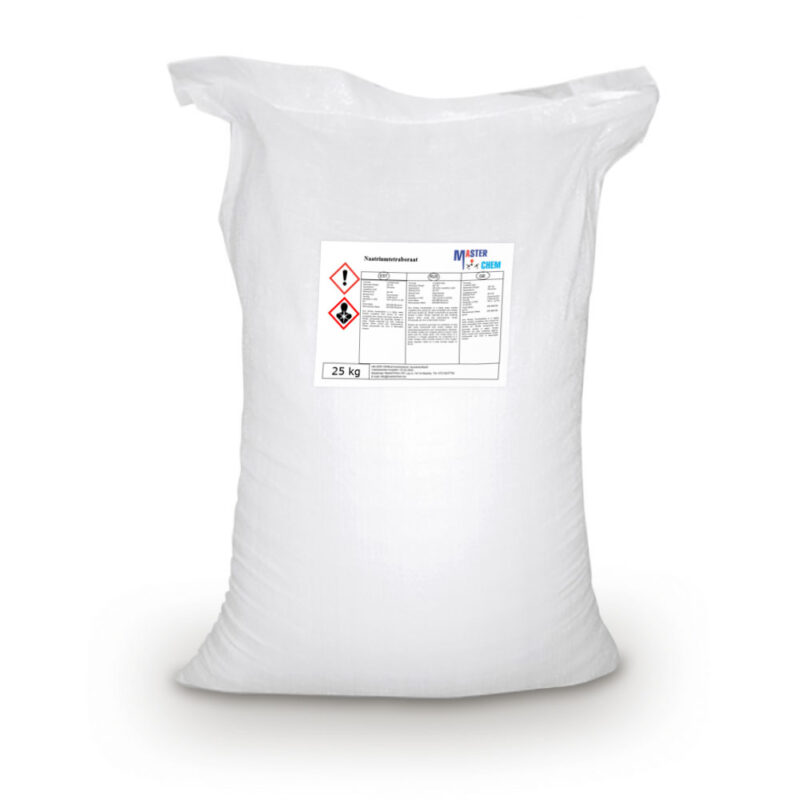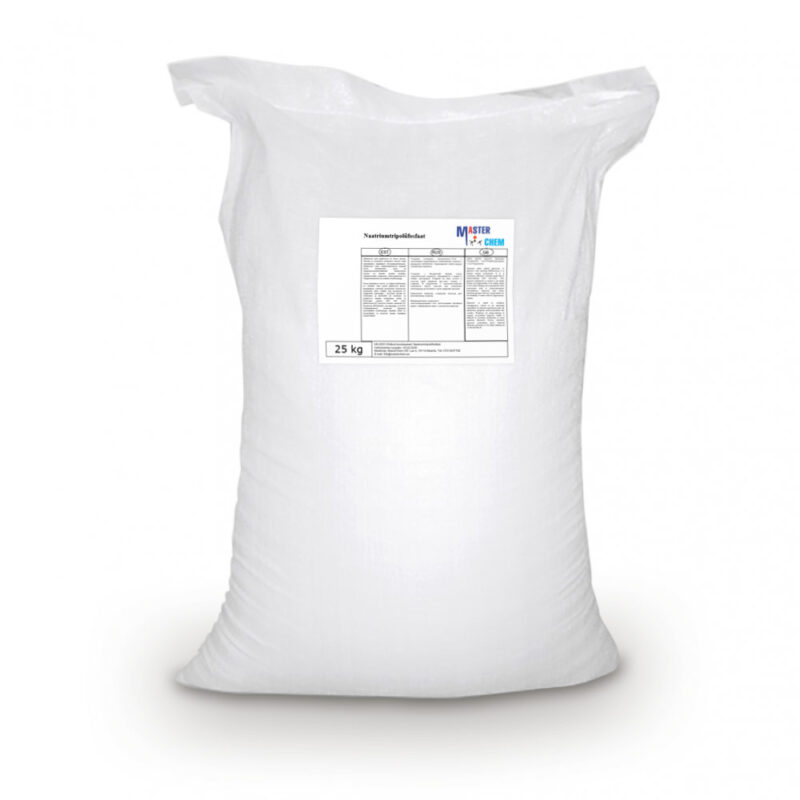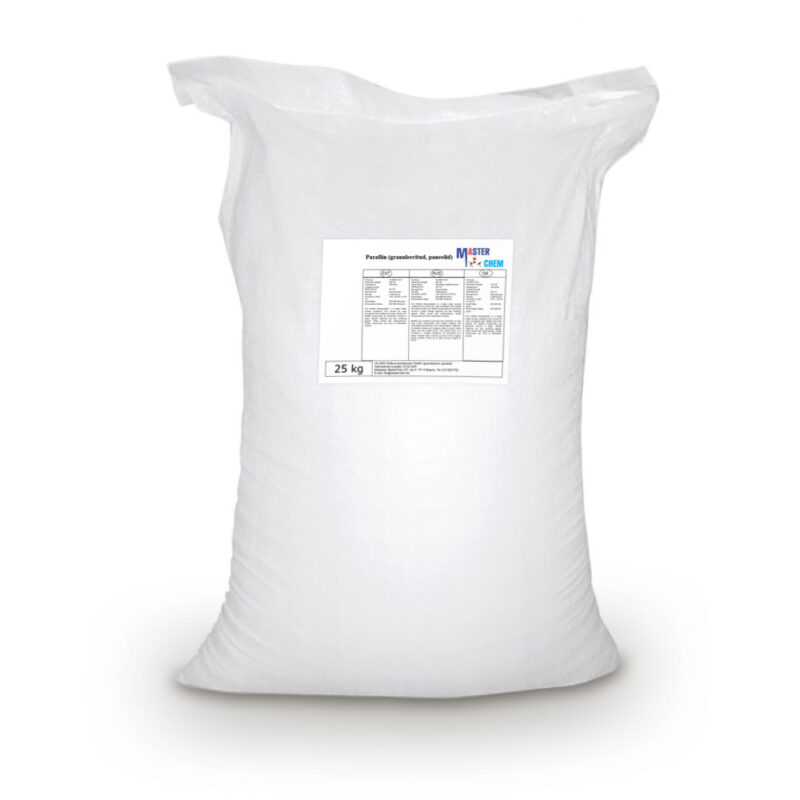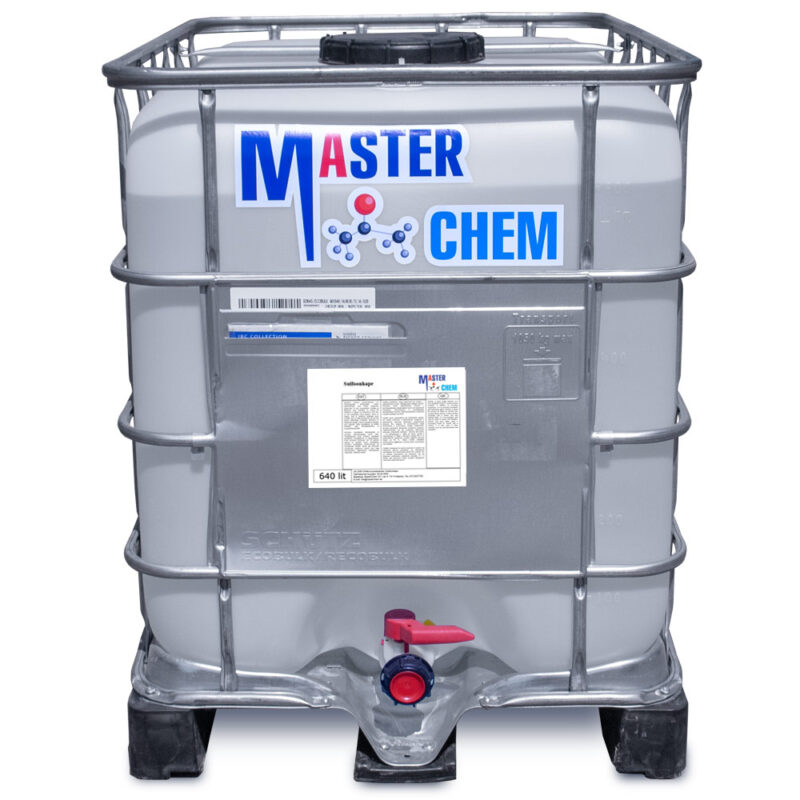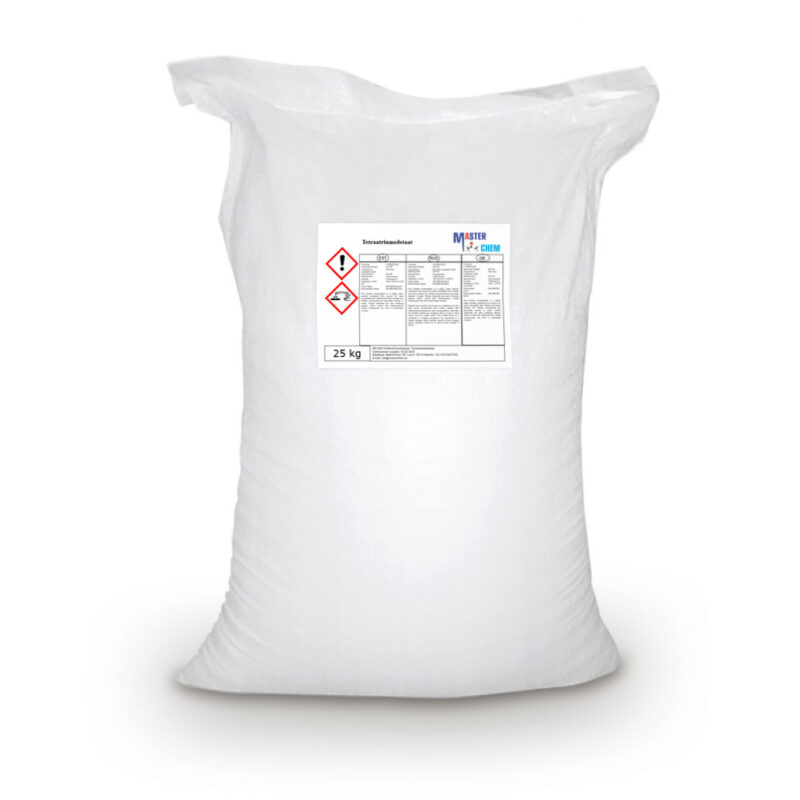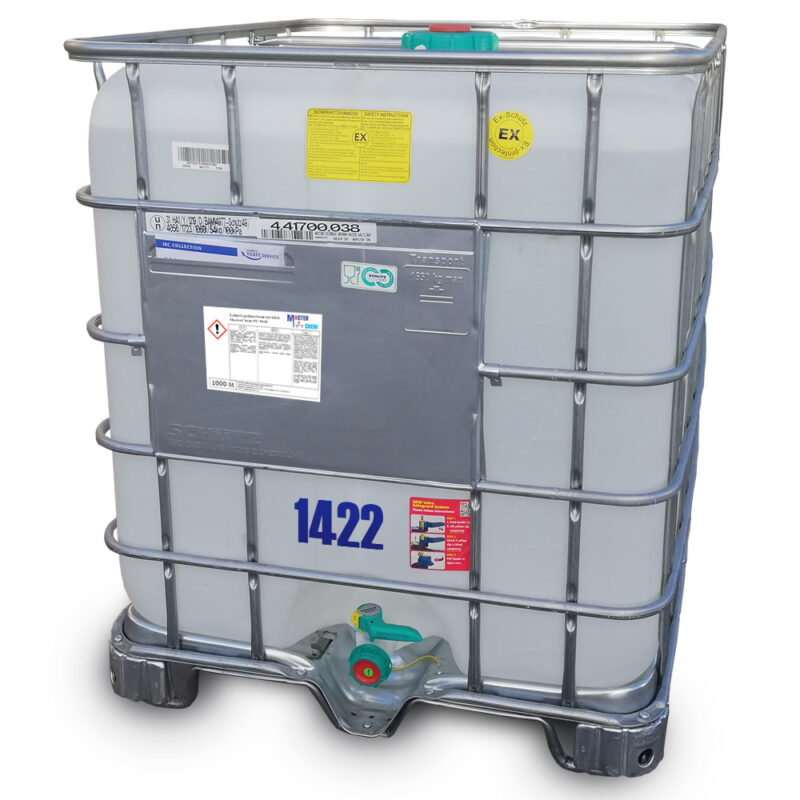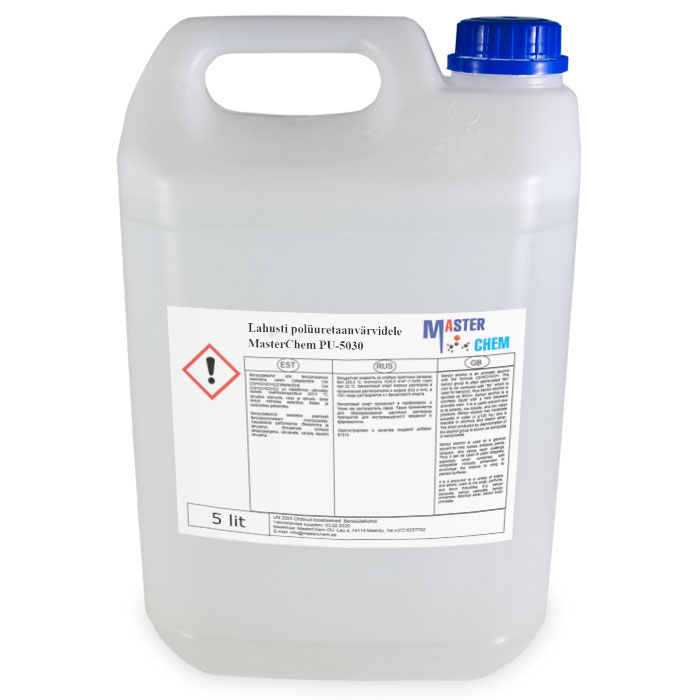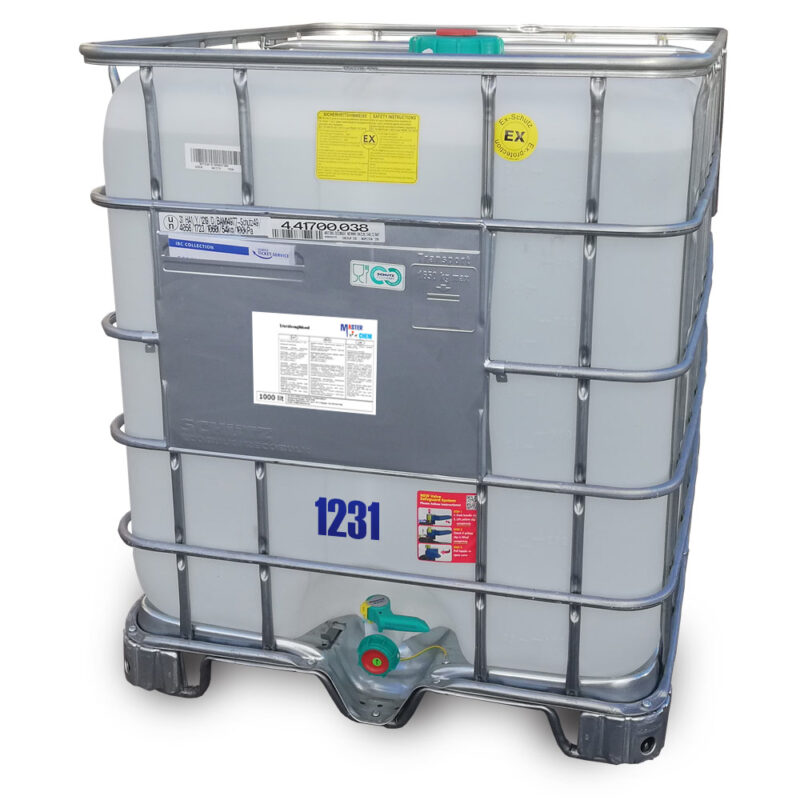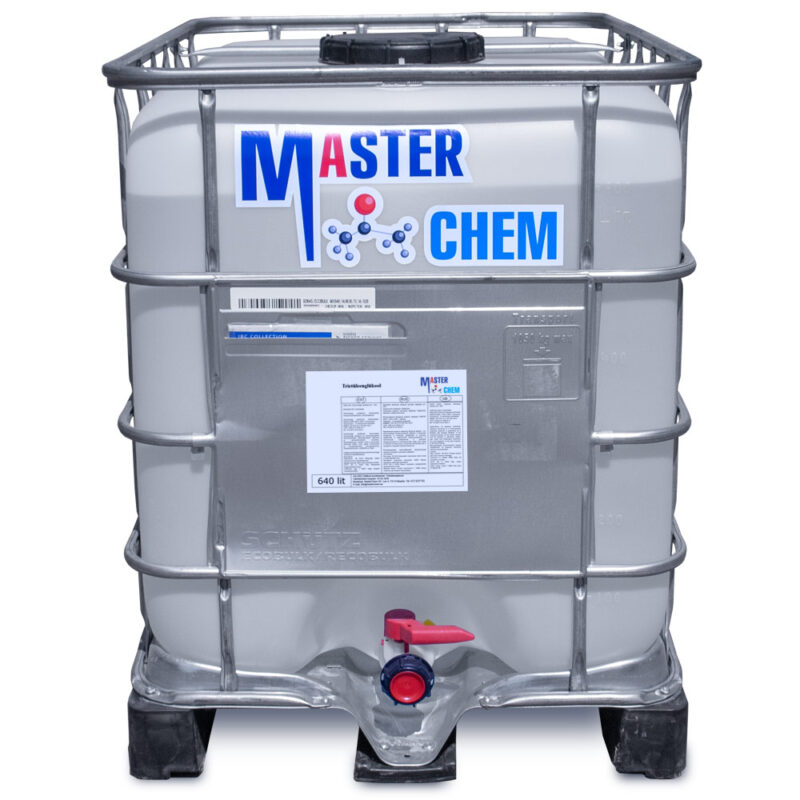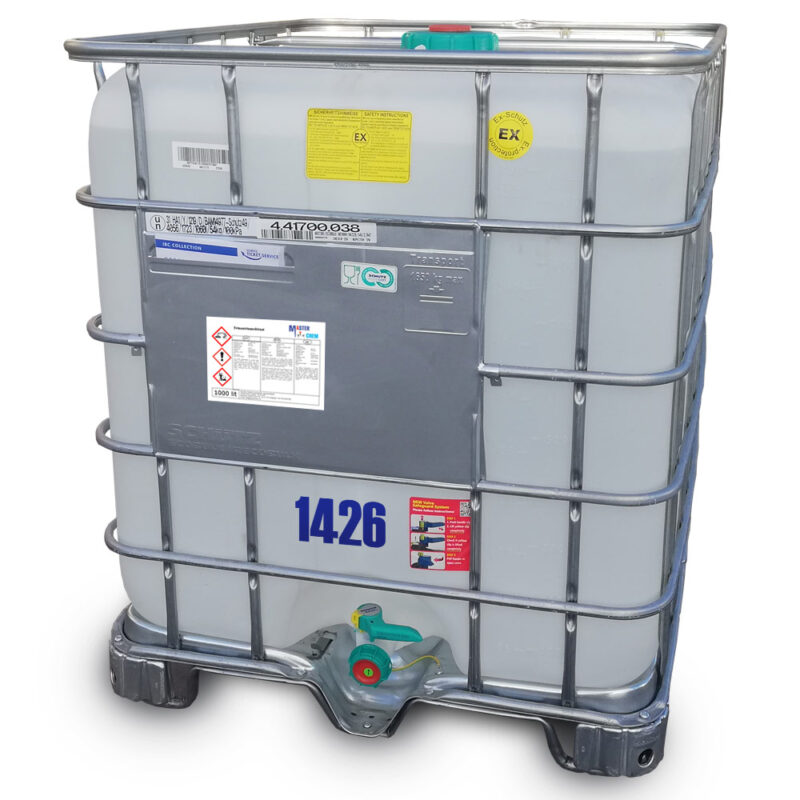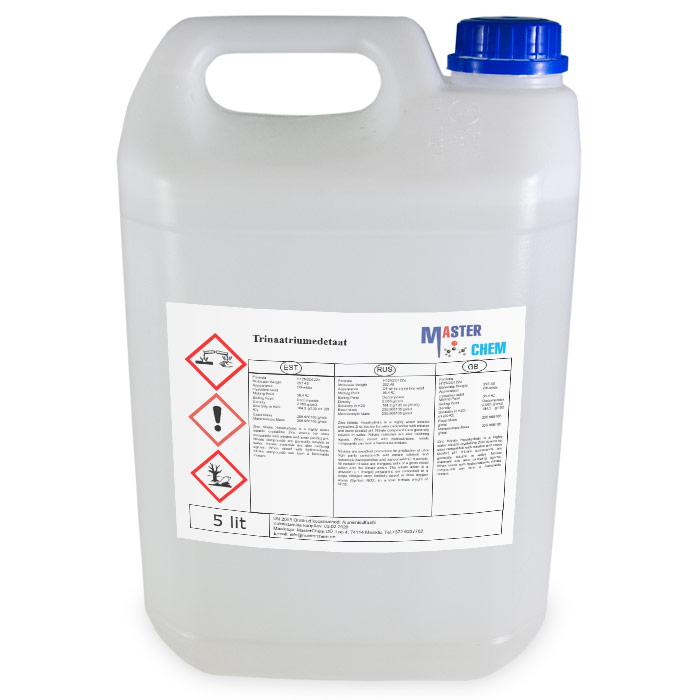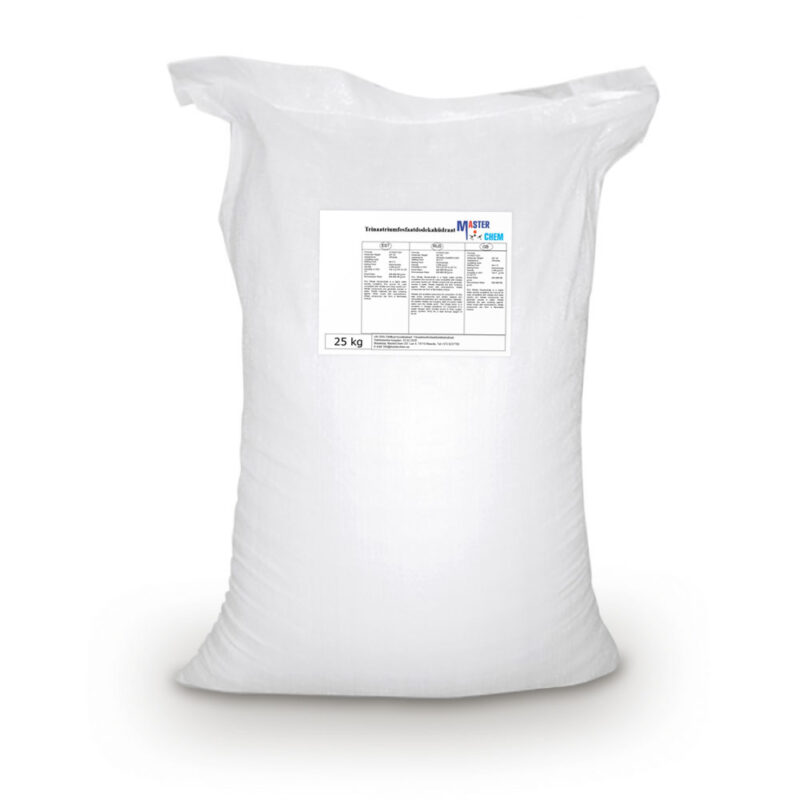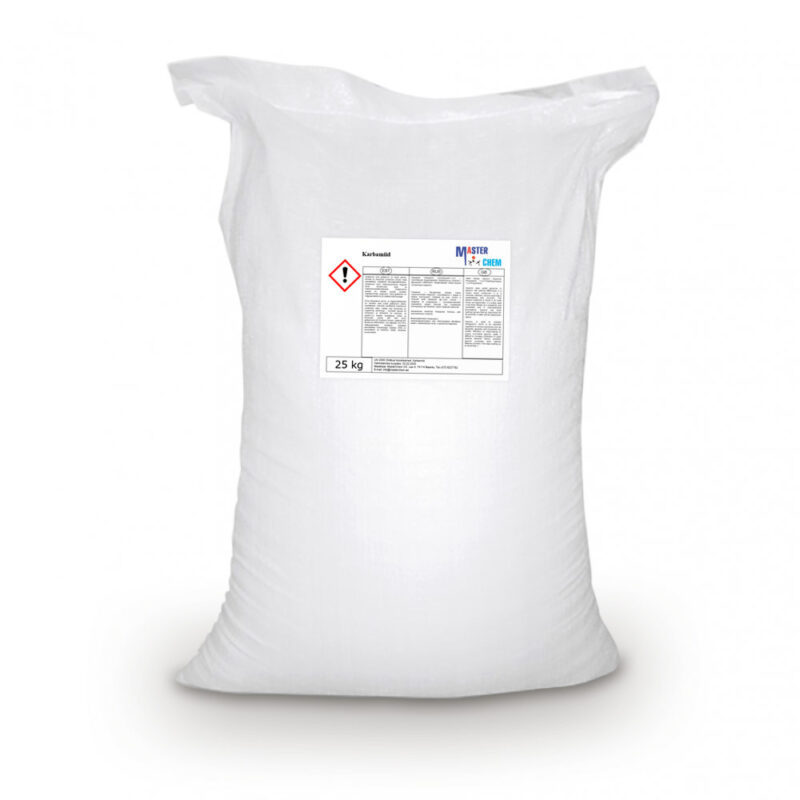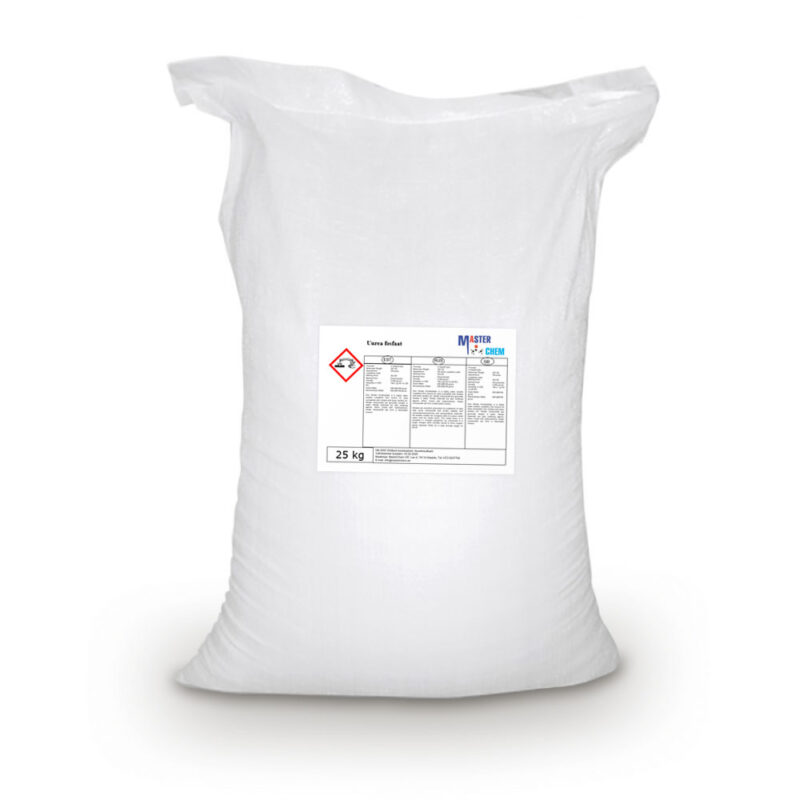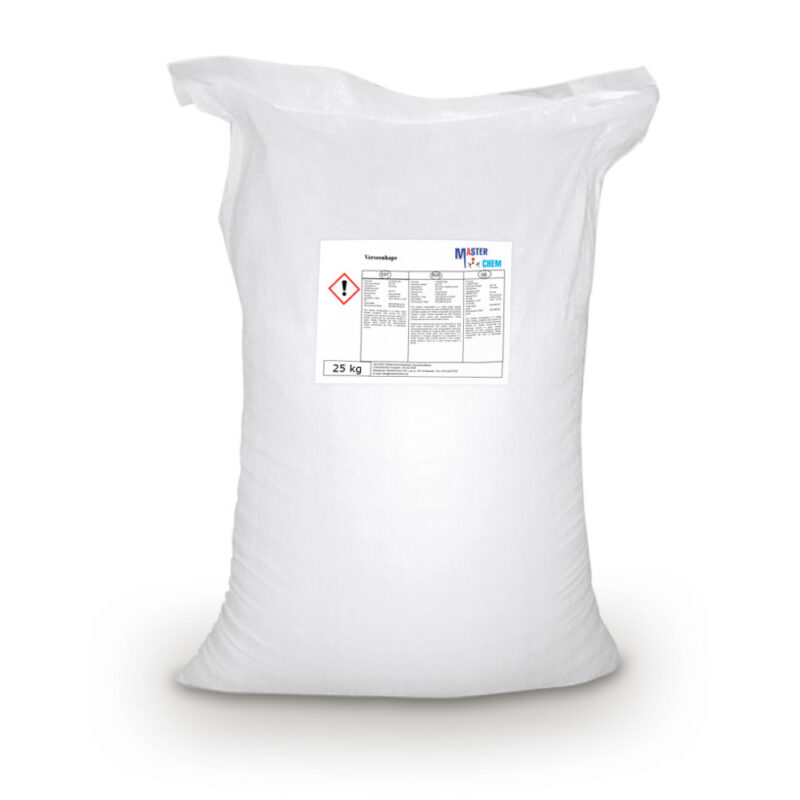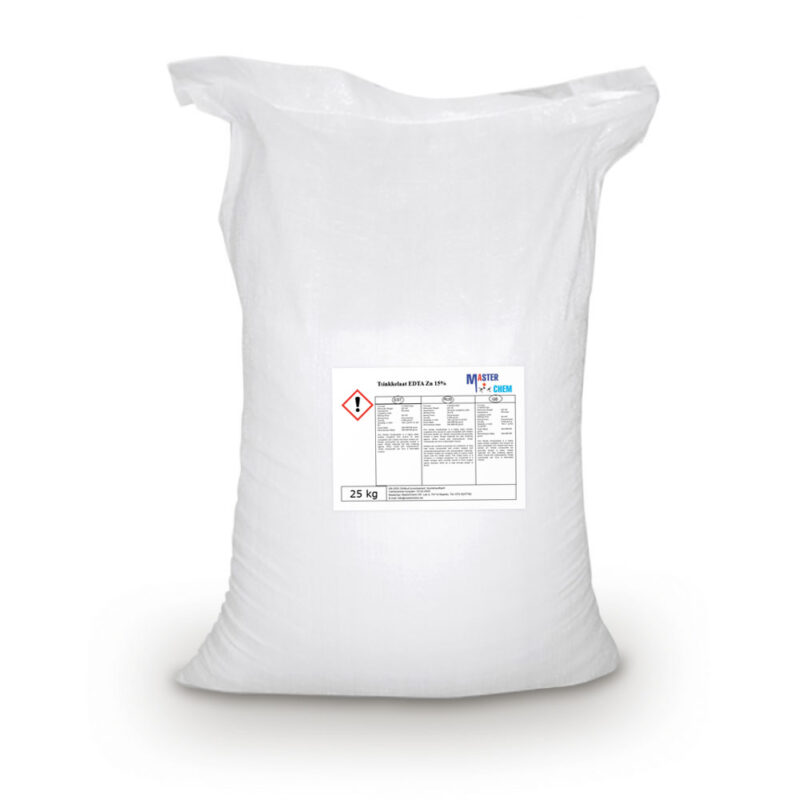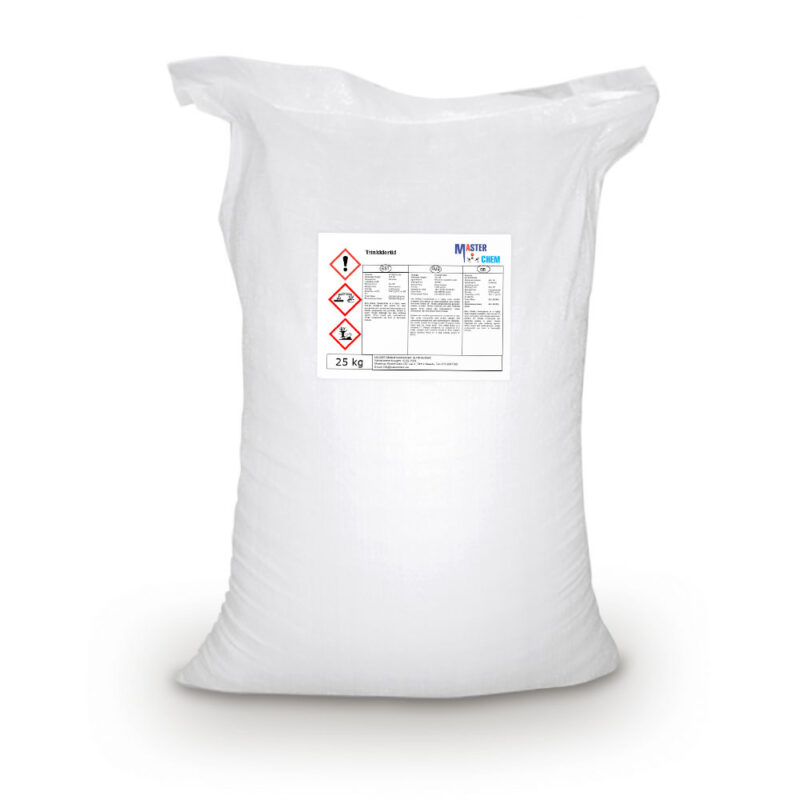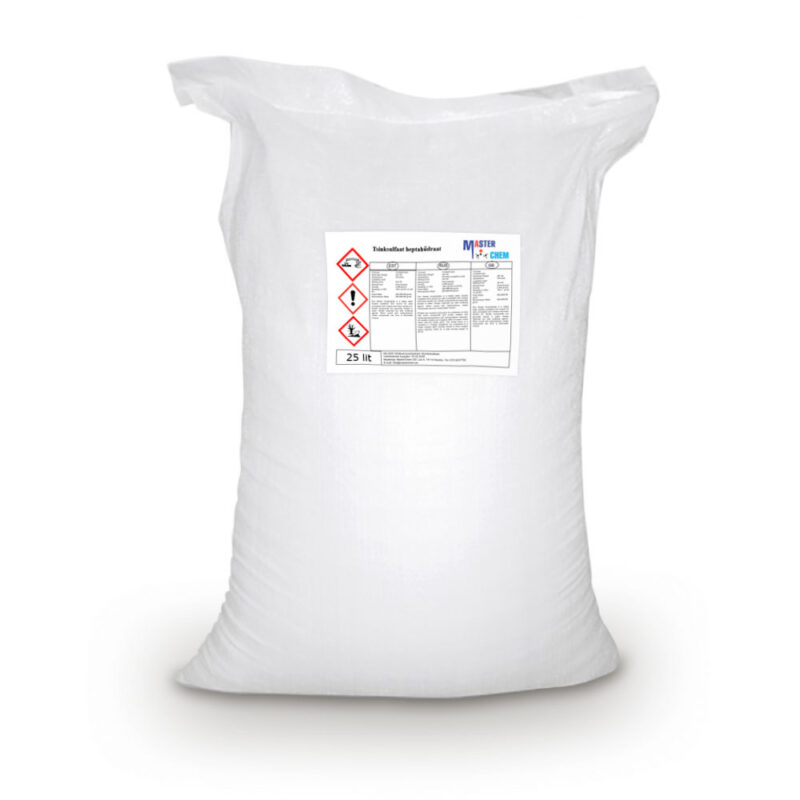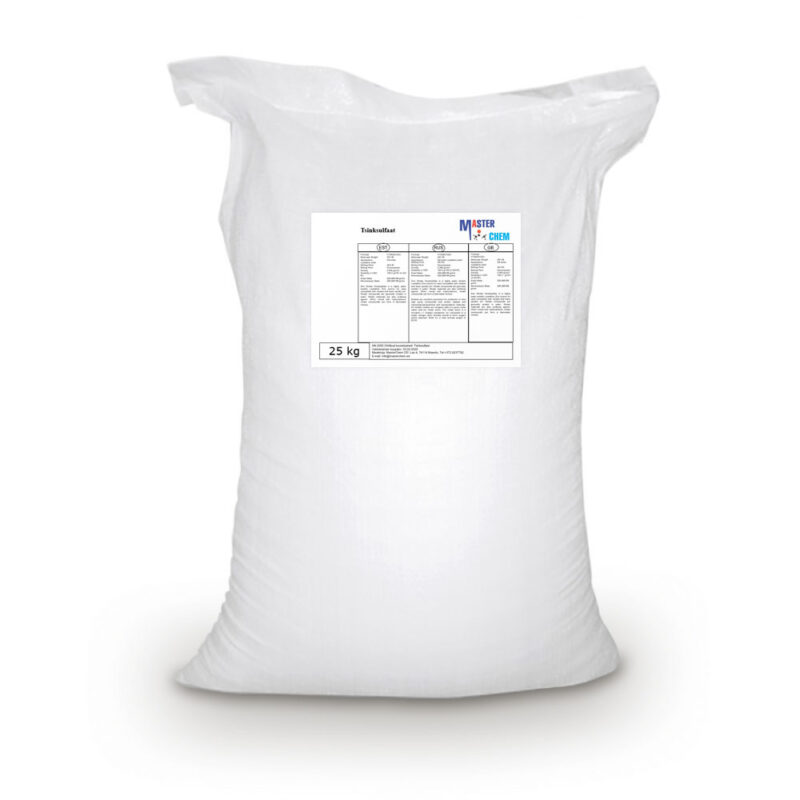Sodium molybdate (CAS 7631-95-0)
Sodium molybdate (CAS 7631-95-0)
Sodium molybdate, Na2MoO4, is useful as a source of molybdenum. This white, crystalline salt is often found as the dihydrate, Na2MoO4·2H2O.
The molybdate(VI) anion is tetrahedral. Two sodium cations coordinate with every one anion.
It is used in industry for corrosion inhibition, as it is a non-oxidizing anodic inhibitor. The addition of sodium molybdate significantly reduces the nitrite requirement of fluids inhibited with nitrite-amine, and improves the corrosion protection of carboxylate salt fluids. In industrial water treatment applications where galvanic corrosion is a potential due to bimetallic construction, the application of sodium molybdate is preferred over sodium nitrite. Sodium molybdate has the advantage in that the dosing of lower ppm’s of molybdate allow for lower conductivity of the circulating water. Sodium molybdate at levels of 50-100 ppm offer the same levels of corrosion inhibition as sodium nitrite at levels of 800+ ppm. By utilizing lower concentrations of sodium molybdate, conductivity is kept at a minimum and thus galvanic corrosion potentials are decreased.
Sodium nitrate (CAS 7631-99-4)
Sodium nitrate (CAS 7631-99-4)
Sodium nitrate is the chemical compound with the formula NaNO3. This alkali metal nitrate salt is also known as Chile saltpeter (large deposits of which were historically mined in Chile) to distinguish it from ordinary saltpeter, potassium nitrate. The mineral form is also known as nitratine, nitratite or soda niter.
Sodium nitrate is a white deliquescent solid very soluble in water. It is a readily available source of the nitrate anion (NO3−), which is useful in several reactions carried out on industrial scales for the production of fertilizers, pyrotechnics and smoke bombs, glass and pottery enamels, food preservatives (esp. meats), and solid rocket propellant. It has been mined extensively for these purposes.
Sodium Phosphate Dihydrate (CAS 13472-35-0)
Sodium Phosphate Dihydrate (CAS 13472-35-0)
Sodium phosphate is a generic term for a variety of salts of sodium (Na+) and phosphate (PO43−). Phosphate also forms families or condensed anions including di-, tri-, tetra-, and polyphosphates. Most of these salts are known in both anhydrous (water-free) and hydrated forms. The hydrates are more common than the anhydrous forms.
Sodium sulphate anhydrate (CAS 7757-82-6)
Sodium sulphate anhydrate (CAS 7757-82-6)
Sodium sulfate (also known as sodium sulphate or sulfate of soda) is the inorganic compound with formula Na2SO4 as well as several related hydrates. All forms are white solids that are highly soluble in water. With an annual production of 6 million tonnes, the decahydrate is a major commodity chemical product. It is mainly used as a filler in the manufacture of powdered home laundry detergents and in the Kraft process of paper pulping for making highly alkaline sulfides.
Sodium tripolyphosphate (CAS 7758-29-4)
Sodium tripolyphosphate (CAS 7758-29-4)
Sodium triphosphate (STP), also sodium tripolyphosphate (STPP), or tripolyphosphate (TPP) is an inorganic compound with formula Na5P3O10. It is the sodium salt of the polyphosphate penta-anion, which is the conjugate base of triphosphoric acid. It is produced on a large scale as a component of many domestic and industrial products, especially detergents. Environmental problems associated with eutrophication are attributed to its widespread use.
Solid paraffin (granulated, panels) (CAS 8002-74-2)
Solid paraffin (granulated, panels) (CAS 8002-74-2)
Paraffin wax (or petroleum wax) is a soft colorless solid derived from petroleum, coal or oil shale that consists of a mixture of hydrocarbon molecules containing between twenty and forty carbon atoms. It is solid at room temperature and begins to melt above approximately 37 °C (99 °F), and its boiling point is above 370 °C (698 °F). Common applications for paraffin wax include lubrication, electrical insulation, and candles; dyed paraffin wax can be made into crayons. It is distinct from kerosene and other petroleum products that are sometimes called paraffin.
Un-dyed, unscented paraffin candles are odorless and bluish-white. Paraffin wax was first created by Carl Reichenbach in Germany in 1830 and marked a major advancement in candlemaking technology, as it burned more cleanly and reliably than tallow candles and was cheaper to produce.
In chemistry, paraffin is used synonymously with alkane, indicating hydrocarbons with the general formula CnH2n+2. The name is derived from Latin parum (“barely”) + affinis, meaning “lacking affinity” or “lacking reactivity”, referring to paraffin’s unreactive nature.
Sulfuric Acid 98% (CAS 7664-93-9)
Sulfuric Acid 98% (CAS 7664-93-9)
A sulfonic acid (or sulphonic acid) refers to a member of the class of organosulfur compounds with the general formula R−S(=O)2−OH, where R is an organic alkyl or aryl group and the S(=O)2(OH) group a sulfonyl hydroxide. As a substituent, it is known as a sulfo group. A sulfonic acid can be thought of as sulfuric acid with one hydroxyl group replaced by an organic substituent. The parent compound (with the organic substituent replaced by hydrogen) is the parent sulfonic acid, HS(=O)2(OH), a tautomer of sulfurous acid, S(=O)(OH)2. Salts or esters of sulfonic acids are called sulfonates.
Tetrasodium edetate (CAS 64-02-8)
Tetrasodium edetate (CAS 64-02-8)
Tetrasodium edetate is the salt resulting from the neutralization of ethylenediaminetetraacetic acid with four equivalents of sodium hydroxide (or an equivalent sodium base). It is a white solid that is highly soluble in water. Commercial samples are often hydrated, e.g. Na4EDTA.4H2O. The properties of solutions produced from the anhydrous and hydrated forms are the same, provided they are at the same pH.
It is used as a source of the chelating agent EDTA4-. A 1% aqueous solution has a pH of approximately 11.3. When dissolved in neutral water, it converts partially to H2EDTA2-. Ethylenediaminetetraacetic acid is produced commercially via the intermediacy of tetrasodium EDTA.
Thinner PU-5030
Application and use:
– used to correct the viscosity of polyurethane paints, varnishes when painting wood and metal,
– dilution of polyurethane putties,
– degreasing and removal of dust from metal surfaces,
– thinning paint and cleaning tools,
– washing spray guns and other equipment after using paints and varnishes.
Packaging:
20 lit metal can UN
25 lit plastic can
200 lit drum/barrel
500 lit IBC container
1000 lit IBC container
BULK
Tip:
Store and transportation product at a temperature between -25 °C and 25 °C and do not expose it to direct sunlight.
Properties:
Density: at 20 degrees C – 0.88 g/cm3 +-0.05
Color – colorless liquid
Triethylene glycol (CAS 112-27-6)
Triethylene glycol (CAS 112-27-6)
Triethylene glycol, TEG, or triglycol is a colorless odorless viscous liquid with molecular formula HOCH2CH2OCH2CH2OCH2CH2OH. It is used as a plasticizer for vinyl polymers. It is also used in air sanitizer products, such as “Oust” or “Clean and Pure”. When aerosolized it acts as a disinfectant. Glycols are also used as liquid desiccants for natural gas and in air conditioning systems. It is an additive for hydraulic fluids and brake fluids and is used as a base for “smoke machine” fluid in the entertainment industry.
Triethylene glycol is a member of a homologous series of dihydroxy alcohols. It is a colorless, odorless and stable liquid with high viscosity and a high boiling point. Apart from its use as a raw material in the manufacture and synthesis of other products, TEG is known for its hygroscopic quality and its ability to dehumidify fluids. This liquid is miscible with water, and at standard atmospheric pressure (101.325 kPa) has a boiling point of 286.5 °C and a freezing point of -7 °C. It is also soluble in ethanol, acetone, acetic acid, glycerine, pyridine, aldehydes; slightly soluble in diethyl ether; and insoluble in oil, fat and most hydrocarbons.
Trisodium edetate (CAS 139-89-9)
Trisodium edetate (CAS 139-89-9)
Ethylenediamine tetraacetic acid, trisodium salt is an odorless white crystalline powder. pH (1% aqueous solution) 9.3. pH (10% aqueous solution) about 8.3-8.7. (NTP, 1992)
Trisodium Phosphate Dodecahydrate (CAS 10101-89-0)
Trisodium Phosphate Dodecahydrate (CAS 10101-89-0)
Sodium phosphate tribasic dodecahydrate is also known as trisodium phospate or TSP. It is a highly soluble in water and widely used as a cleaning agent. The pH of a 1% solution is typically around 12, making this reagent sufficiently alkaline for saponification of grease and oils. In combination with surfactants, TSP is an excellent agent for cleaning everything from laundry to concrete driveways. This versatility and low manufacturing price made TSP the basis for a plethora of cleaning products sold in the mid-20th century. Trisodium phosphate is used in the isolation of mycobacteria, including culturing of tubercle bacilli. Has been used as a protein precipitant in certain applications and in co-precipitation and fractionization of nucleotides. May be used for the preservation of biologically active soil samples. Because of the alkaline pH, TSP disrupts cytoplasmic and outer membranes of Salmonella enterica cells making it useful in preventing the spread of bacteria.It is used in photographic developing, clarifying sugar, removing boiler scale, softening water and manufacturing of paper. They are added to many foods as an emulsifier to prevent oil separation. It can be utilized as a leavening agent. Some instances of these foods include the batter coating on breaded fish or chicken, and commercially baked cakes. Adding this item to food increases the shelf life of the food, maintaining the texture and visual aspect of the food.
Urea (CAS 57-13-6)
Urea (CAS 57-13-6)
Urea, also known as carbamide, is an organic compound with chemical formula CO(NH2)2. This amide has two –NH2 groups joined by a carbonyl (C=O) functional group.
Urea serves an important role in the metabolism of nitrogen-containing compounds by animals and is the main nitrogen-containing substance in the urine of mammals. It is a colorless, odorless solid, highly soluble in water, and practically non-toxic (LD50 is 15 g/kg for rats).[6] Dissolved in water, it is neither acidic nor alkaline. The body uses it in many processes, most notably nitrogen excretion. The liver forms it by combining two ammonia molecules (NH3) with a carbon dioxide (CO2) molecule in the urea cycle. Urea is widely used in fertilizers as a source of nitrogen (N) and is an important raw material for the chemical industry.
Friedrich Wöhler discovered that urea can be produced from inorganic starting materials, which was an important conceptual milestone in chemistry in 1828. It showed for the first time that a substance previously known only as a byproduct of life could be synthesized in the laboratory without biological starting materials, thereby contradicting the widely held doctrine of vitalism, which stated that only living things could produce the chemicals of life.
Urea Phosphate (CAS 4861-19-2)
Urea Phosphate (CAS 4861-19-2)
Urea phosphate is a fertilizer having NPK formula 17-44-0. It is soluble in water, and produces a strongly acidic solution. Urea phosphate is sometimes added to blends which contain calcium nitrate, magnesium nitrate and potassium nitrate to produce water-soluble formulas such as 15-5-15 and 13-2-20. The acidity of urea phosphate allows Ca, Mg and P to co-exist in solution. Under less acidic conditions, there would be precipitation of Ca-Mg phosphates. Urea phosphate is often used in drip irrigation to clean pipe systems.
Chemically, the urea phosphate compound is made of an equimolar mix of urea and phosphoric acid crystallizing together, and freely disassociating when dissolving in water. It is available in fertilizer vendor bags that carry a UP signet on the packaging.
Versenic Acid (CAS 60-00-4)
Versenic Acid (CAS 60-00-4)
Versenic Acid is a specialized raw material for the cosmetics industry. It is used, among others in shampoos, creams, lip glosses, tanning products and shower gels. Serves as a consistency stabilizer improving viscosity and giving the right consistency. It is also a preservative aimed at preventing changes in the consistency, appearance and smell of cosmetics. In high concentration, it is irritating to the mucosa and skin.
Zinc chelate EDTA Zn 15% (CAS 14025-21-9)
Zinc chelate EDTA Zn 15% (CAS 14025-21-9)
Appearance: White fine crystalline powder.
In agriculture and horticulture as the foliar feed, in soil or hydroponics applications.
Zinc chloride (CAS 7646-85-7)
Zinc chloride (CAS 7646-85-7)
Zinc chloride is the name of chemical compounds with the formula ZnCl2 and its hydrates. Zinc chlorides, of which nine crystalline forms are known, are colorless or white, and are highly soluble in water. This white salt is hygroscopic and even deliquescent. Samples should therefore be protected from sources of moisture, including the water vapor present in ambient air. Zinc chloride finds wide application in textile processing, metallurgical fluxes, and chemical synthesis. No mineral with this chemical composition is known aside from the very rare mineral simonkolleite, Zn5(OH)8Cl2·H2O.
Zinc Sulphate Heptahydrate (CAS 7446-20-0)
Zinc Sulphate Heptahydrate (CAS 7446-20-0)
Zinc sulfate is an inorganic compound. It is used as a dietary supplement to treat zinc deficiency and to prevent the condition in those at high risk. Side effects of excess supplementation may include abdominal pain, vomiting, headache, and tiredness.
The most common form includes water of crystallization as the heptahydrate, with the formula ZnSO4•7H2O. It was historically known as “white vitriol”. Zinc sulfate and its hydrates are colourless solids.
Zinc Sulphate Monohydreate (CAS 7446-19-7)
Zinc Sulphate Monohydreate (CAS 7446-19-7)
Zinc Sulphate Monohydreate (CAS 7446-19-7)
Zinc sulfate is an inorganic compound. It is used as a dietary supplement to treat zinc deficiency and to prevent the condition in those at high risk. Side effects of excess supplementation may include abdominal pain, vomiting, headache, and tiredness.
The most common form includes water of crystallization as the heptahydrate, with the formula ZnSO4•7H2O. It was historically known as “white vitriol”. Zinc sulfate and its hydrates are colourless solids.

